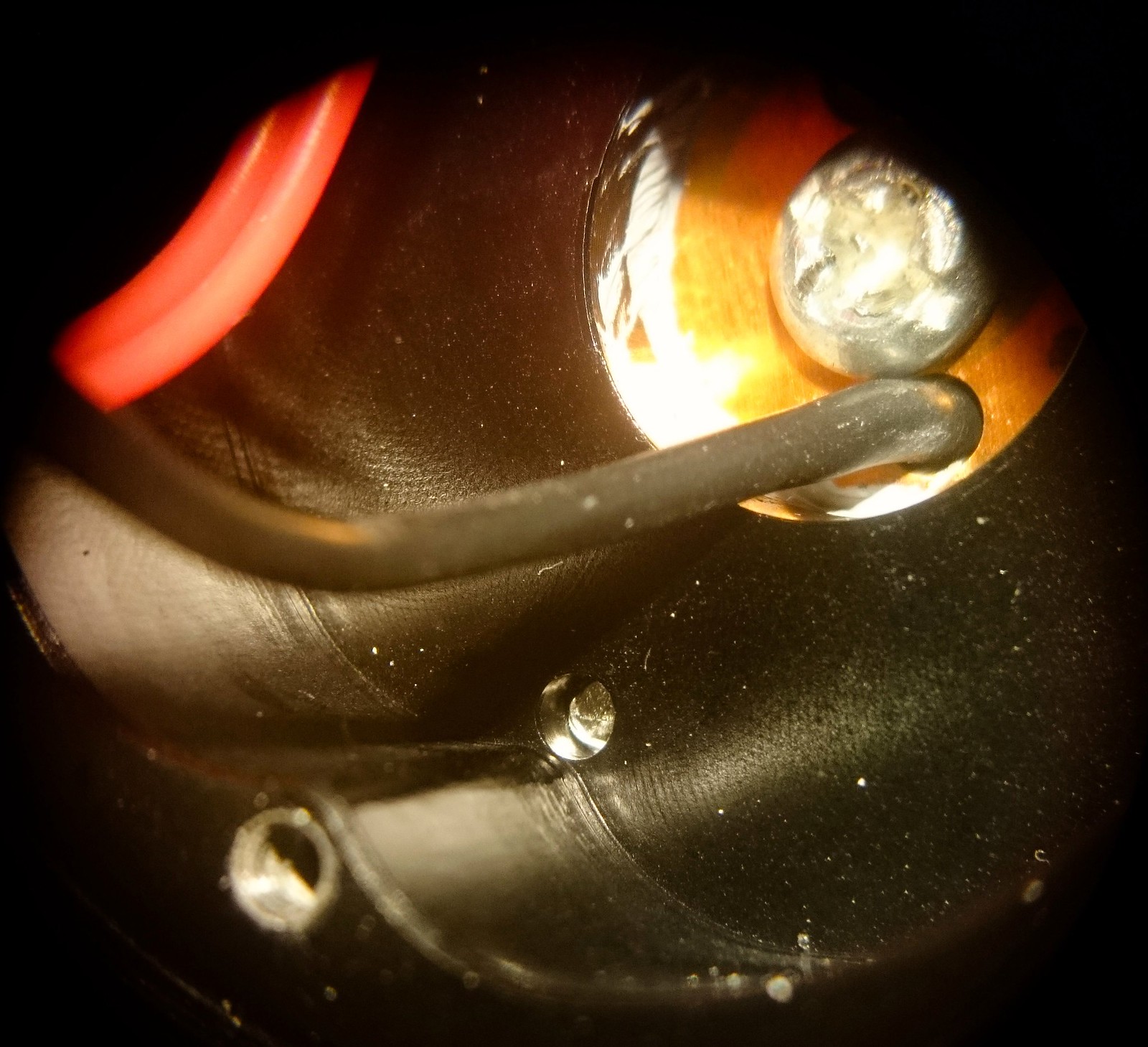The M2.5x5mm used on the tail - worked perfect, rest of tail has the bypasses, tinning of the pads, etc., as detailed before:
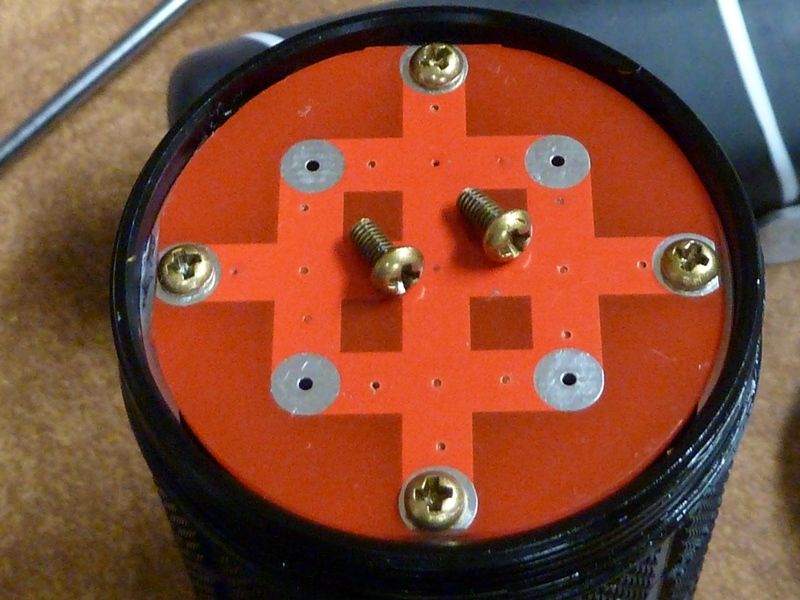
16 AWG Turnigy wire in place of the 18 AWG. Used longer length to makes it easier for driver access, stock was 62 mm, 16 AWG is 70 mm:

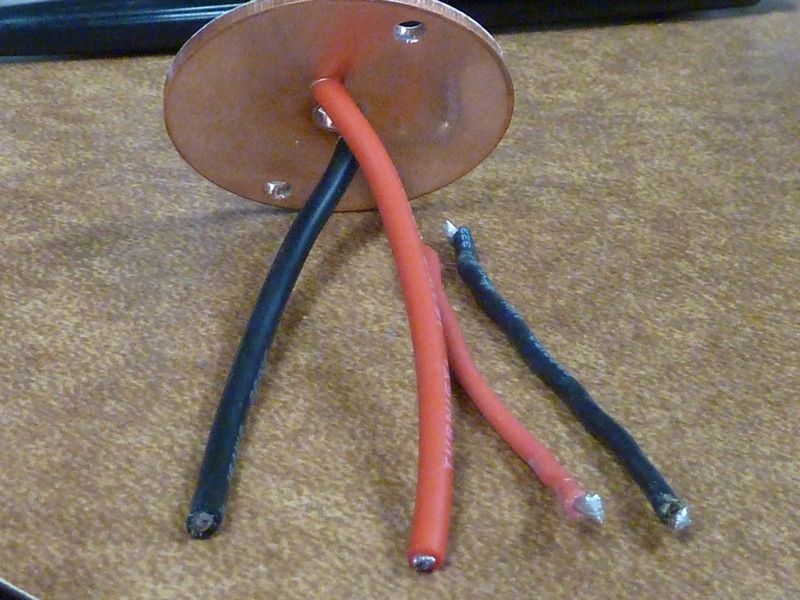
FET replaced with the reliable SIR 404DP. Notice R4 is removed and soldered over. This was from experimenting to try to get an Infineon FET to work but was unsuccessful. Ok to leave it out for now:

Sanded smooth to 2000 GRIT, both surfaces:
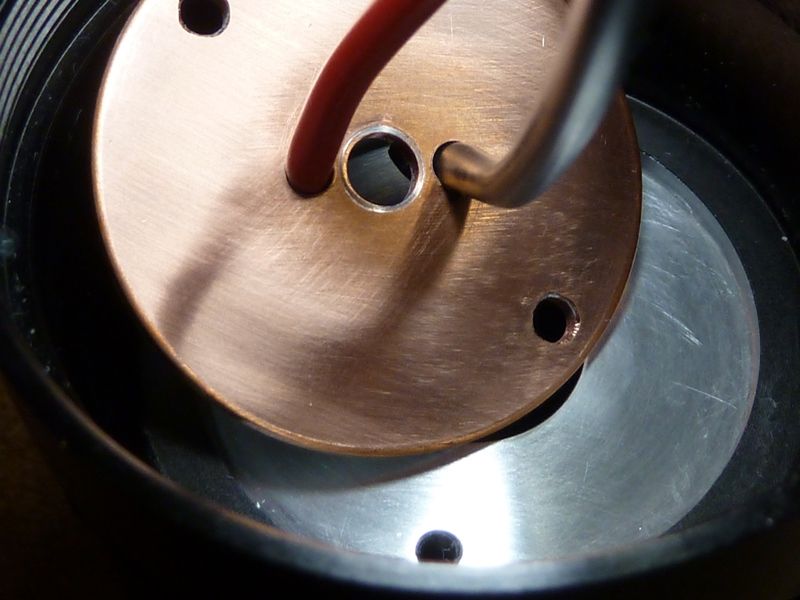
MX-4 lightly spread on shelf surface. Brass M3x6mm fit well. Stock screws are just 5mm long:
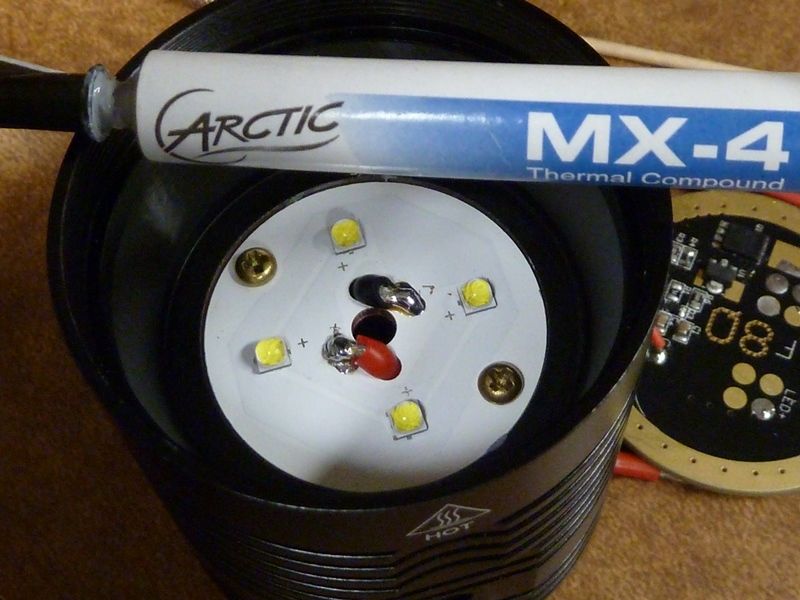
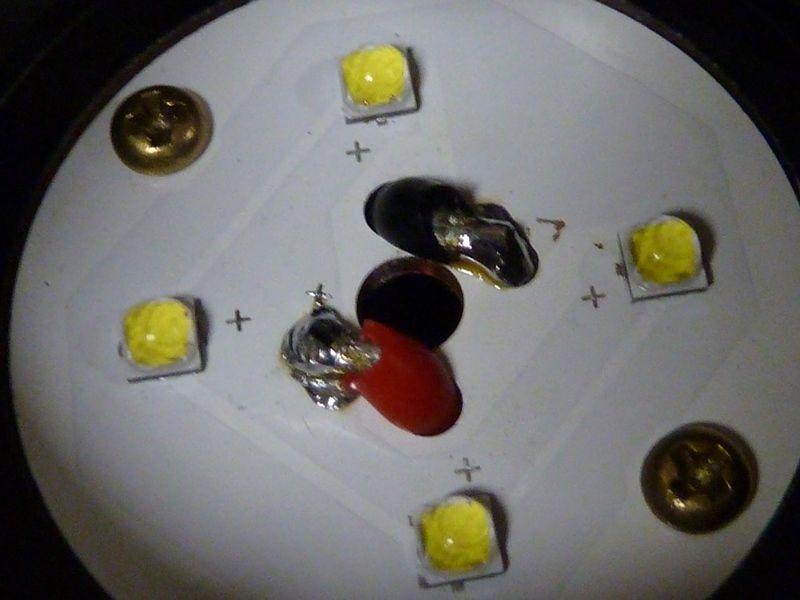

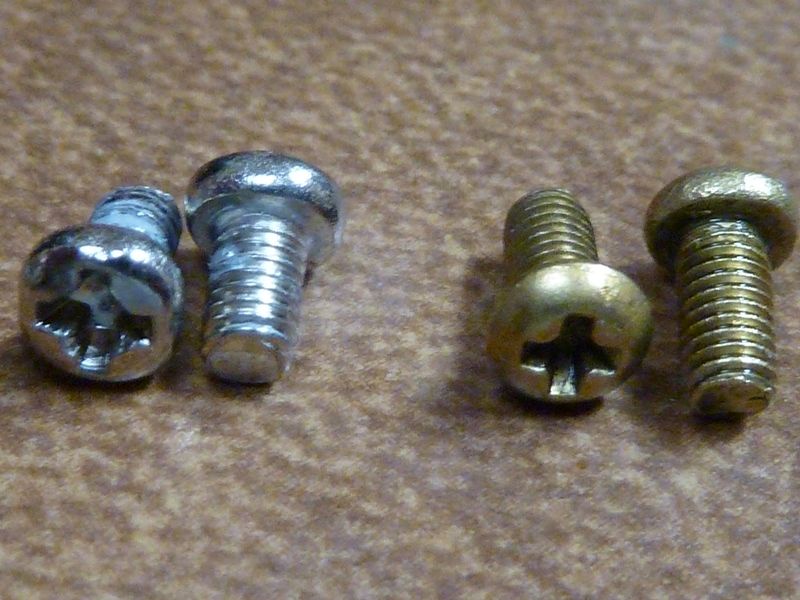
Full set of brass replacement screws, but the 2 driver screws don't fit as is - they are too long at 6 mm, stock are 5 mm, and the head heights are bout 0.4 mm higher than the brass ring. Ring is about 1.5 mm high.

Brass M4x8mm shown here, fit well:

And the results? Well it's best #'s I've gotten on a Q8, as expected of course. Others have posted using 16 AWG and replacement FET, so I'm not the first, but maybe the first to measure the results. With 30QBT's at 4.20V:
Lumens: 7,340 @start, 6,720 @30 secs, throw: 70 kcd taken at 5m (529m)
Also fyi, I wanted to do a FET swap comparative test, so I had my baseline modded Q8 with the tail assembly mods. So on 30Q BT's at 4.19V:
Lumens: 6,900 @start, 6,500 @15 secs (shorter time to save on cells)
Then swapped the FET to a SIR404DP and using the same cells as-is:
Lumens: 7,070 @start, 6,680 @15 secs
Again on full fresh cells at 4.19V to test the FET swap:
Lumens: 7,280 @start, 6,630 @30 secs
Now this is only one test, and I vary the sets of cells used, and always think there are always many variations in measurements, so hard to come to positive conclusions on things from tests like these. But the pattern above indicates there is a small nice bump from the FET upgrade, and maybe the wire swap from 18 to 16 doesn't mean much, but again, too many variables here to conclude that. The 16 and 18 AWG Turnigy wire I have is far more flexible than the 18 AWG stock wires, so I don't know if that a plus or minus for resistance, though I find the flexible wires far easier to work with, probably less chance to rip a pad off as well.
